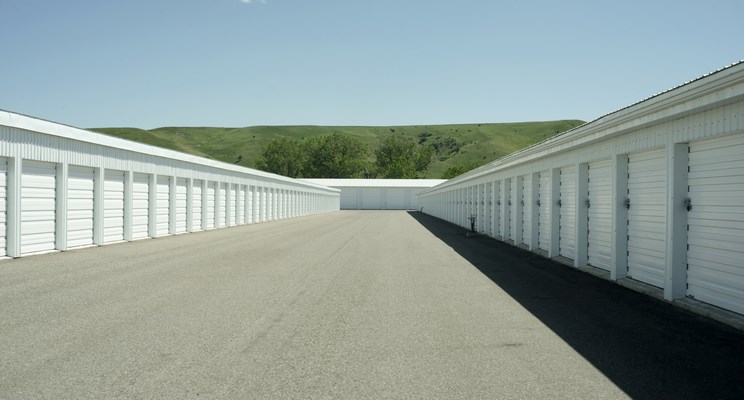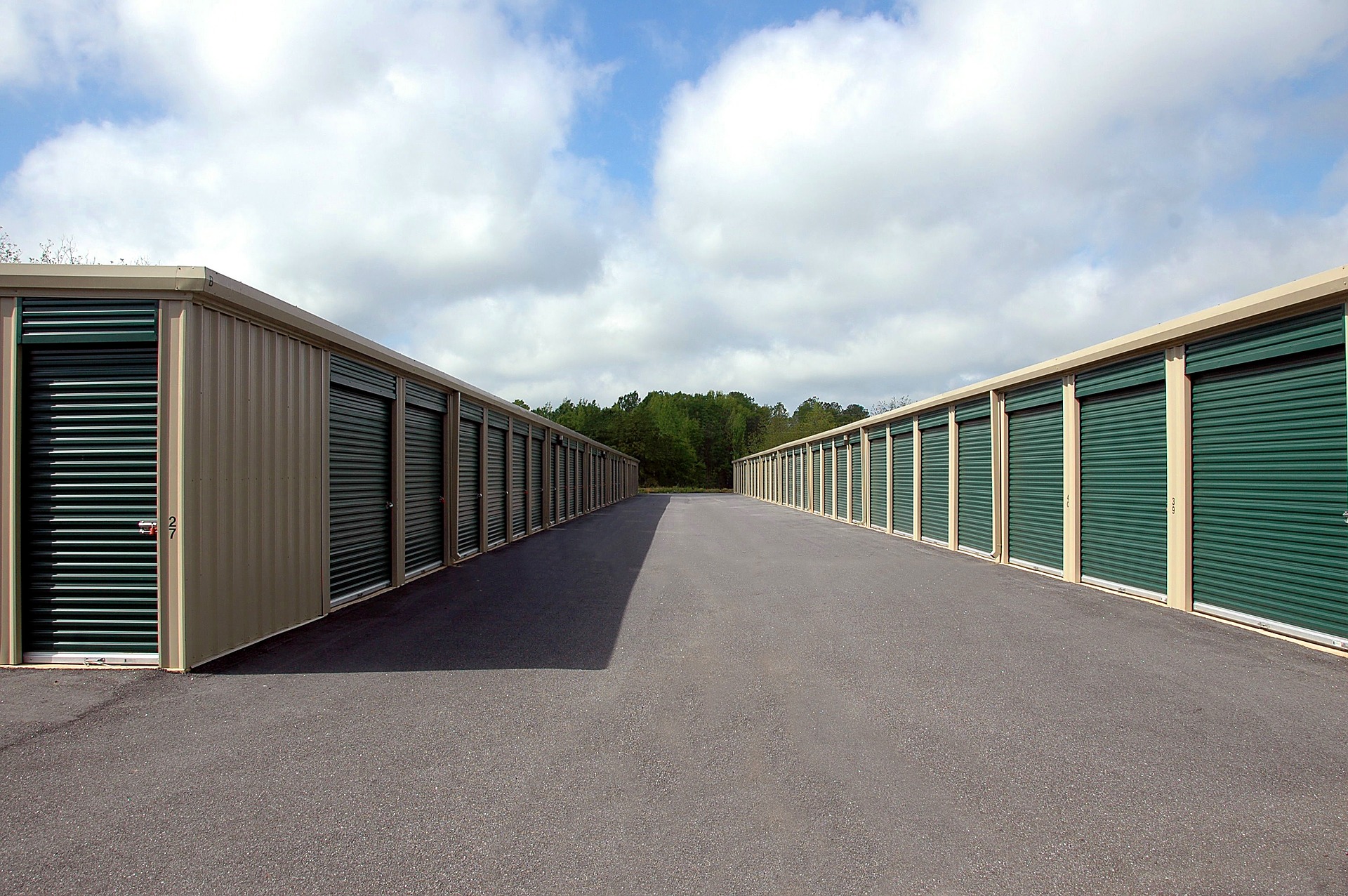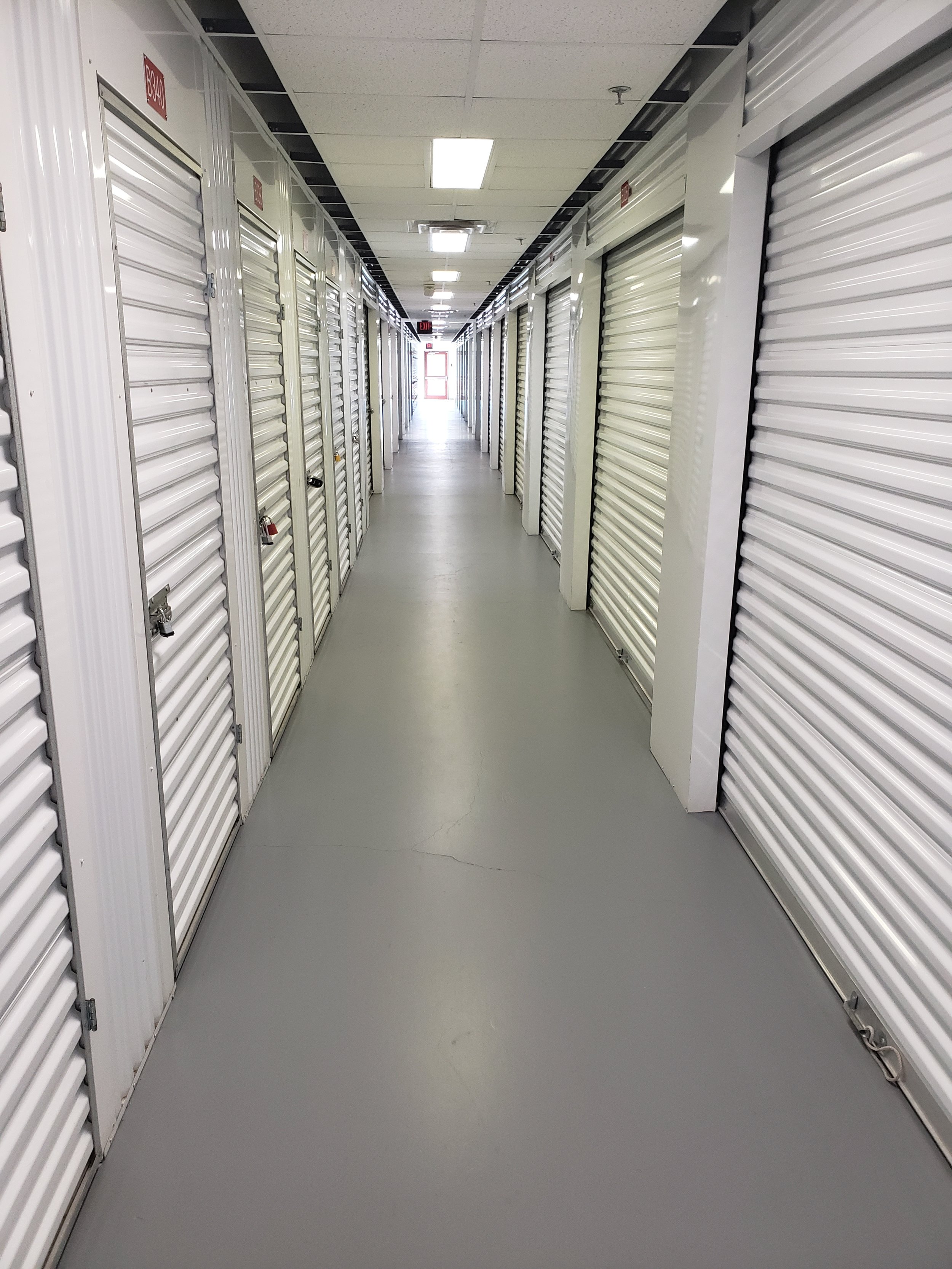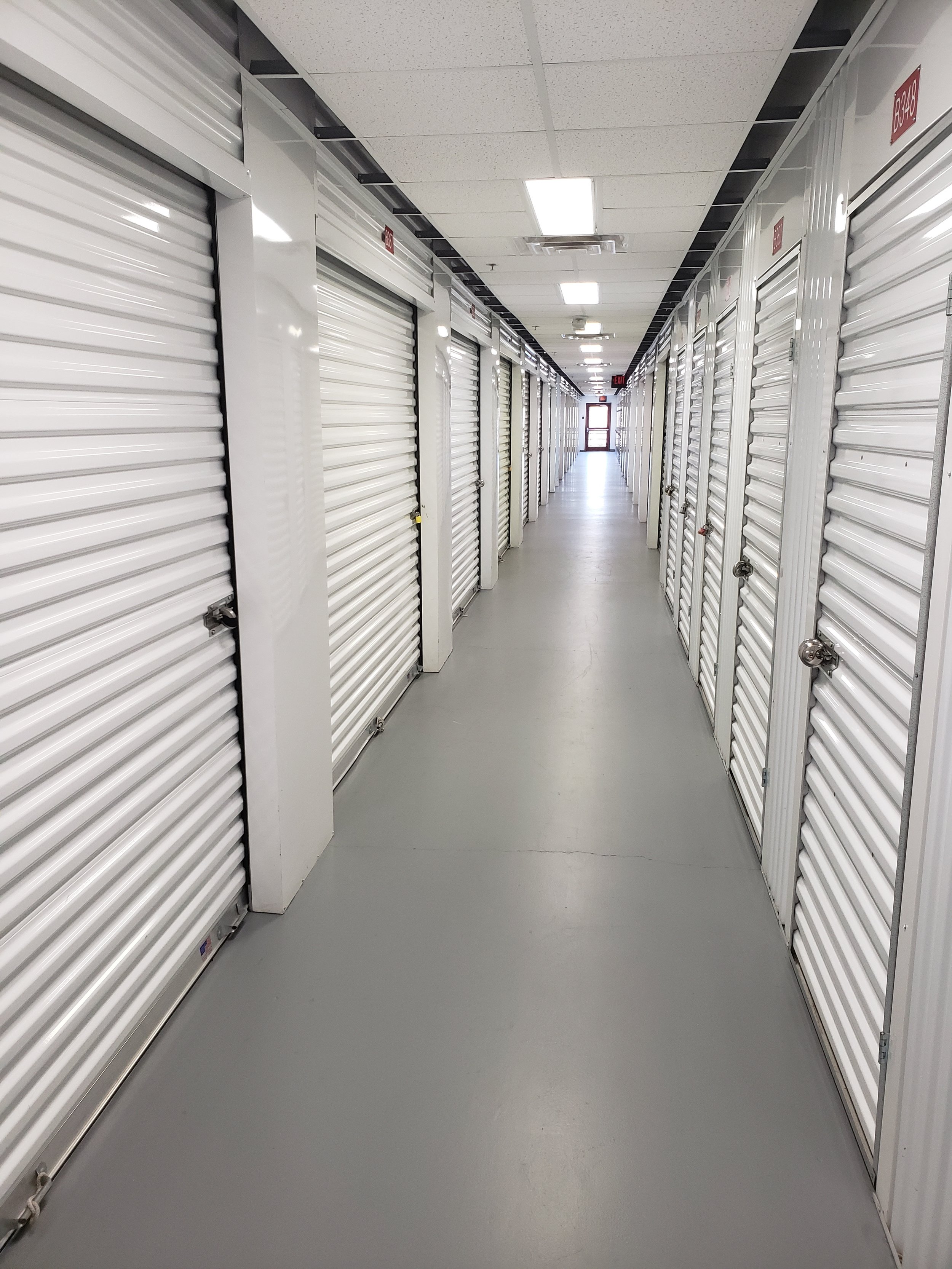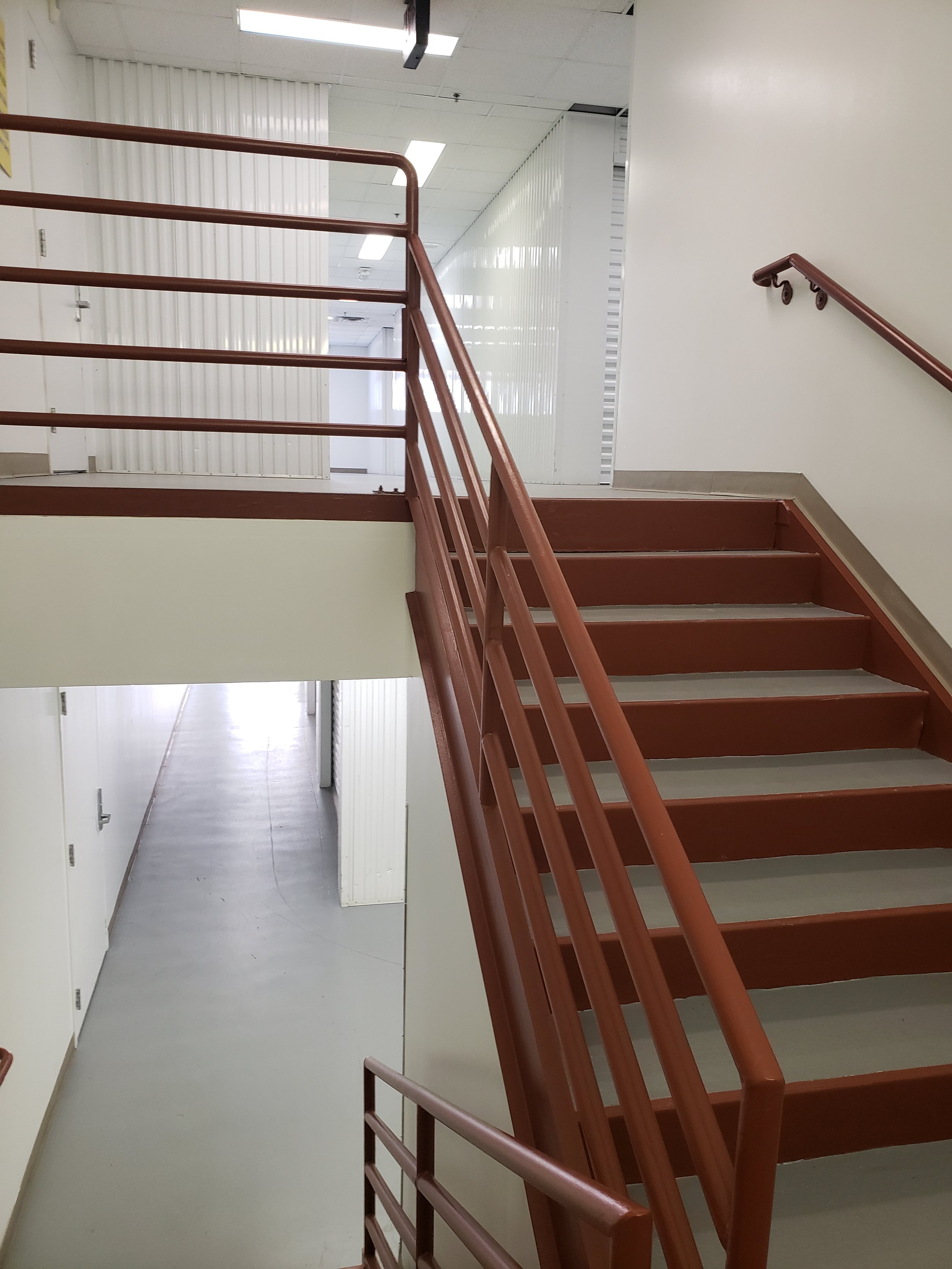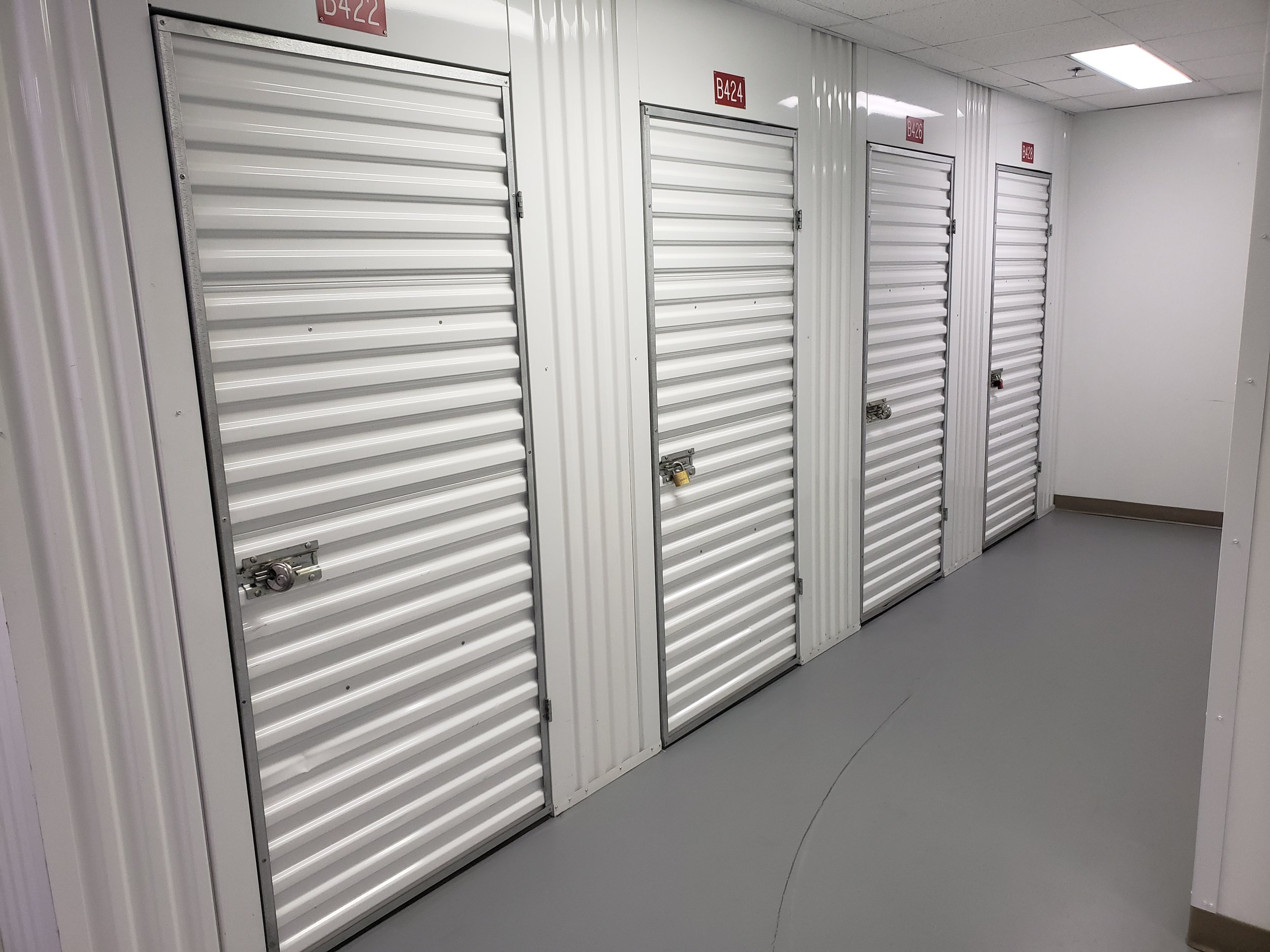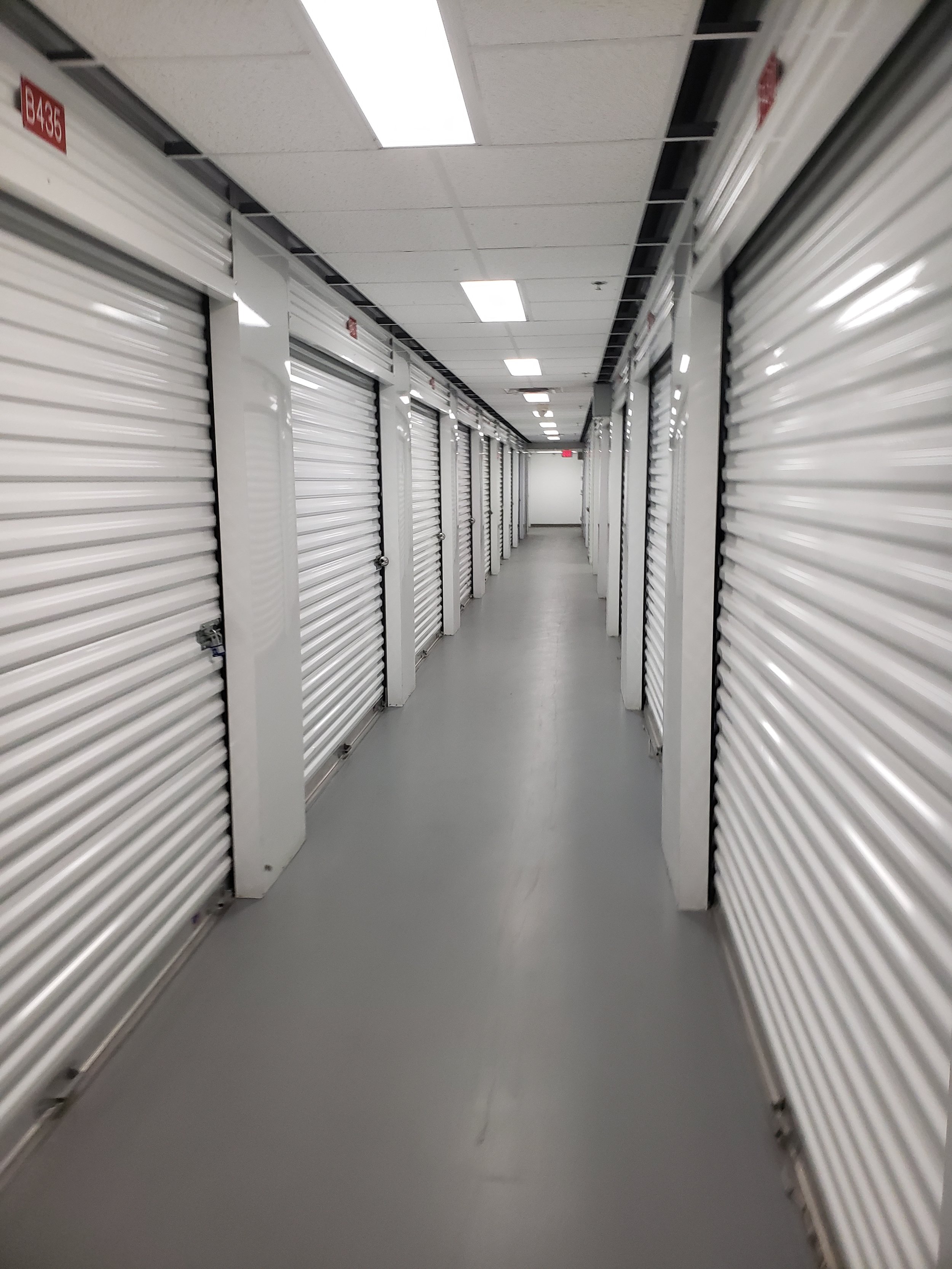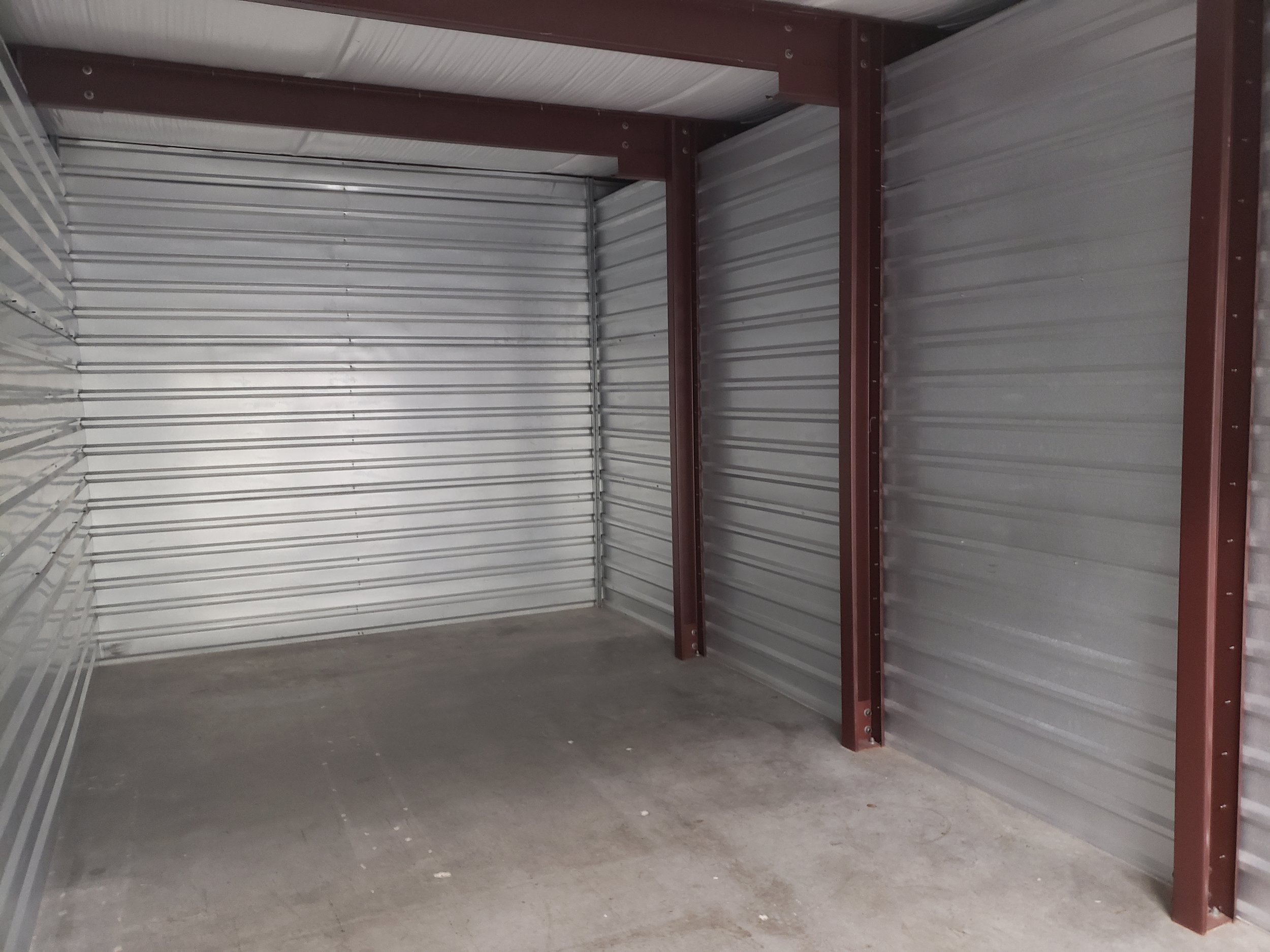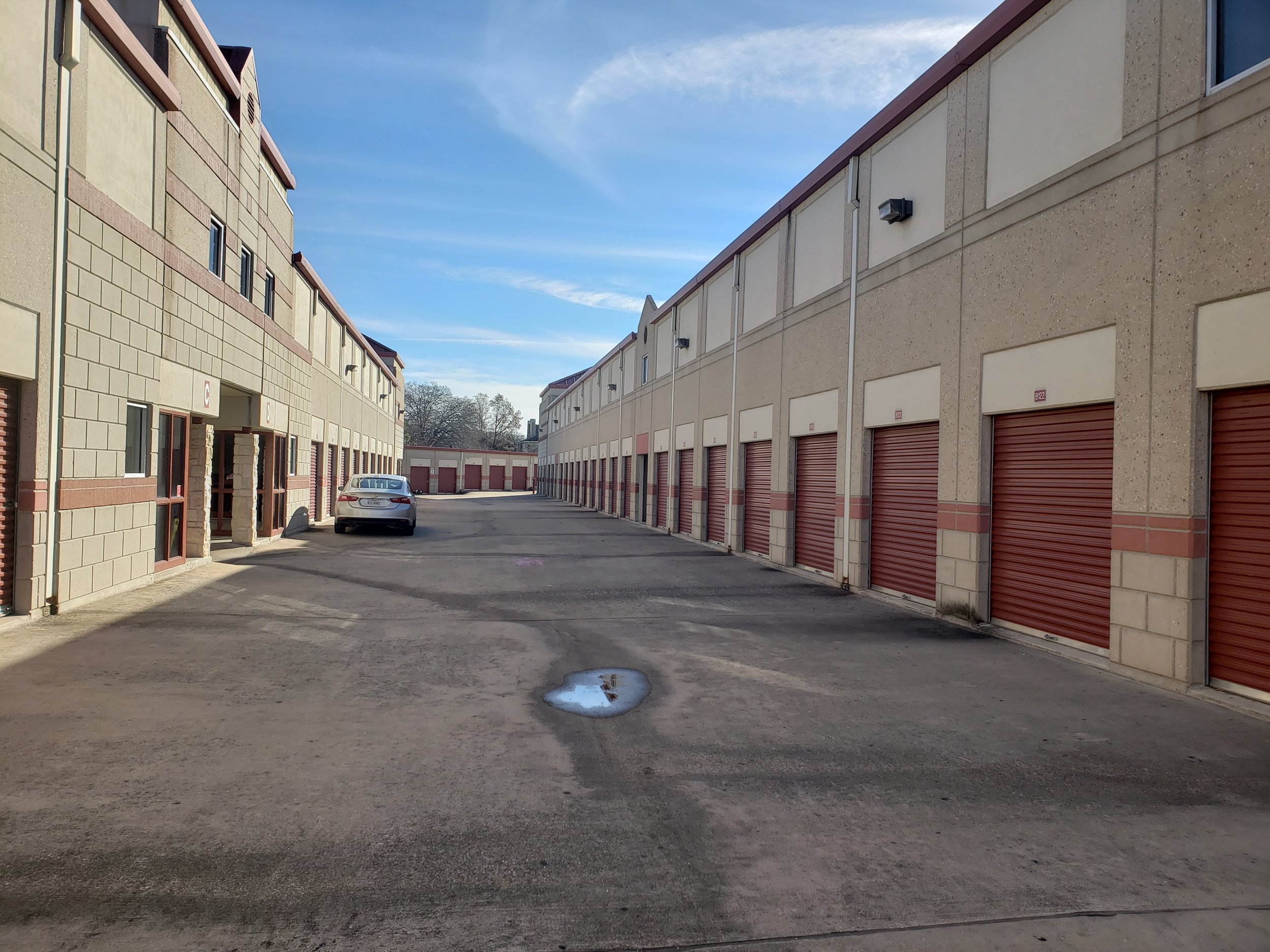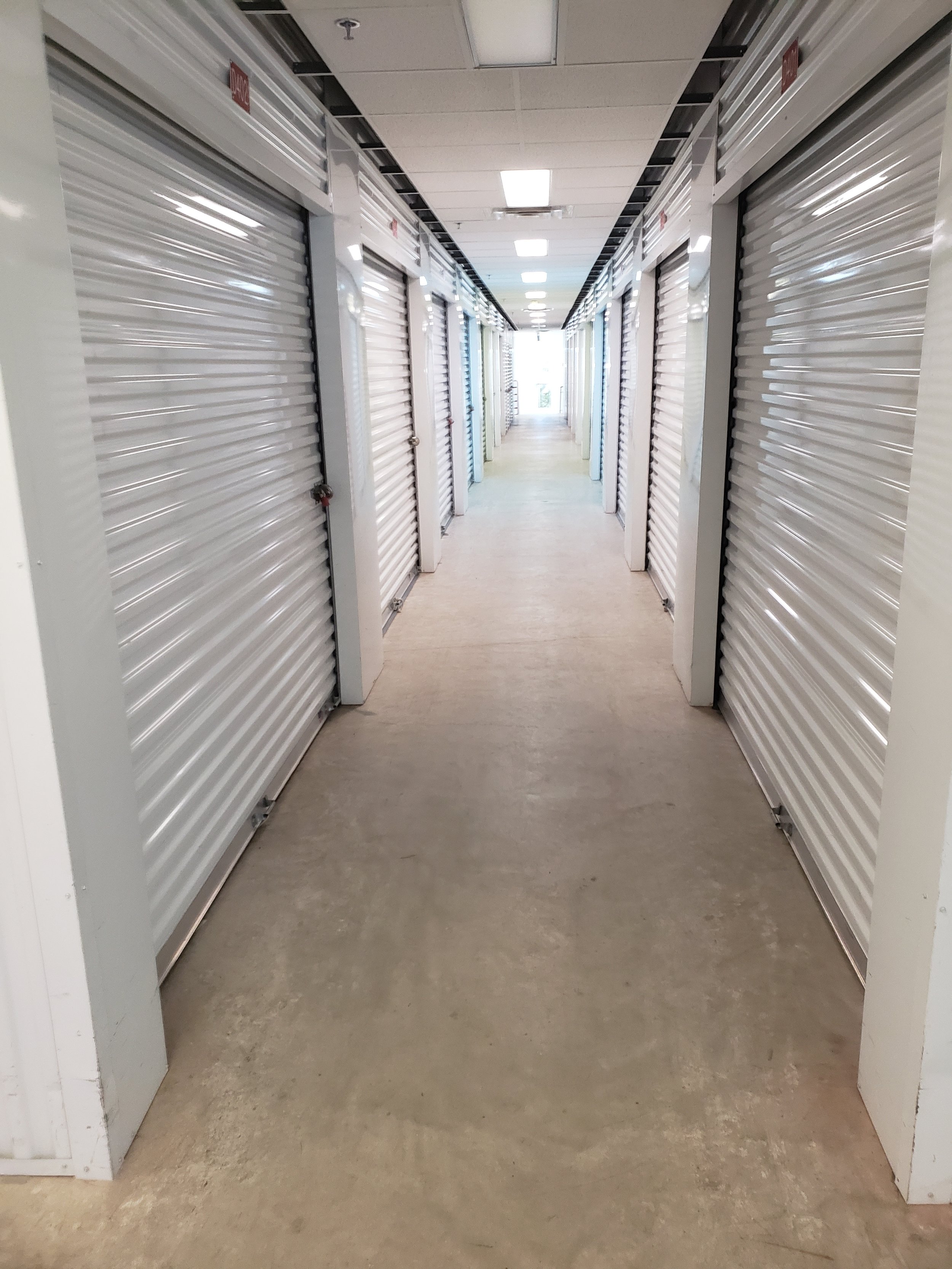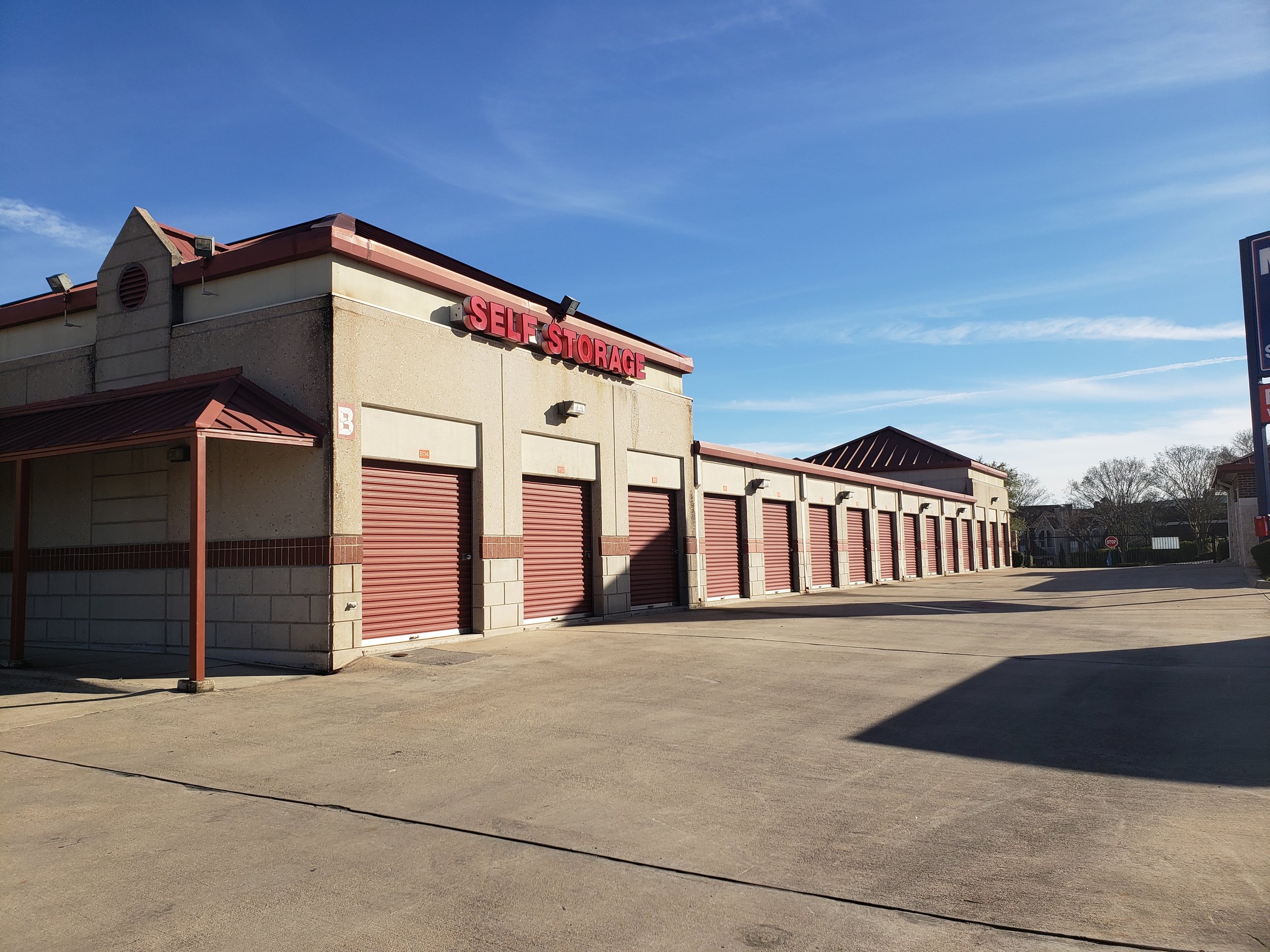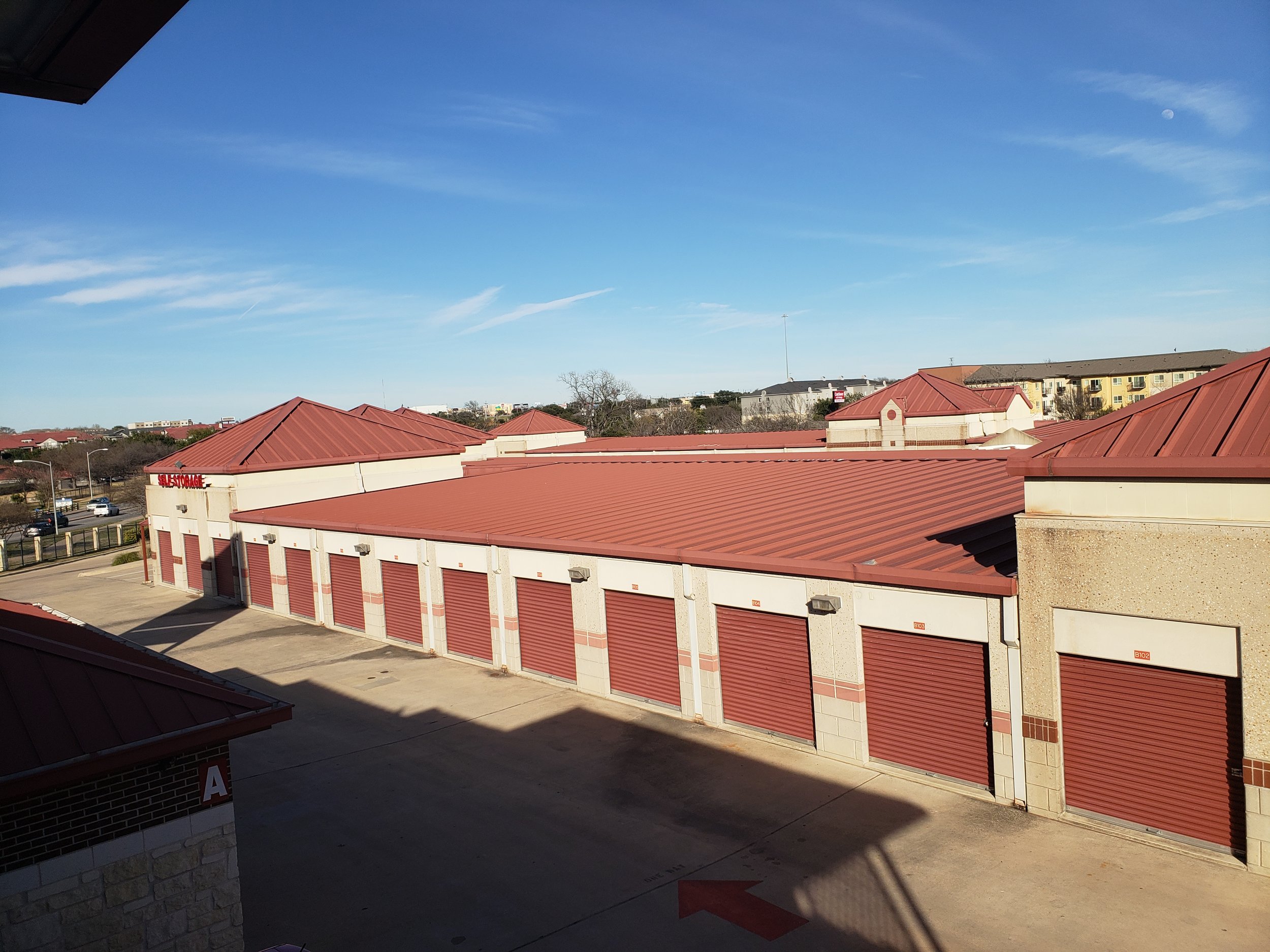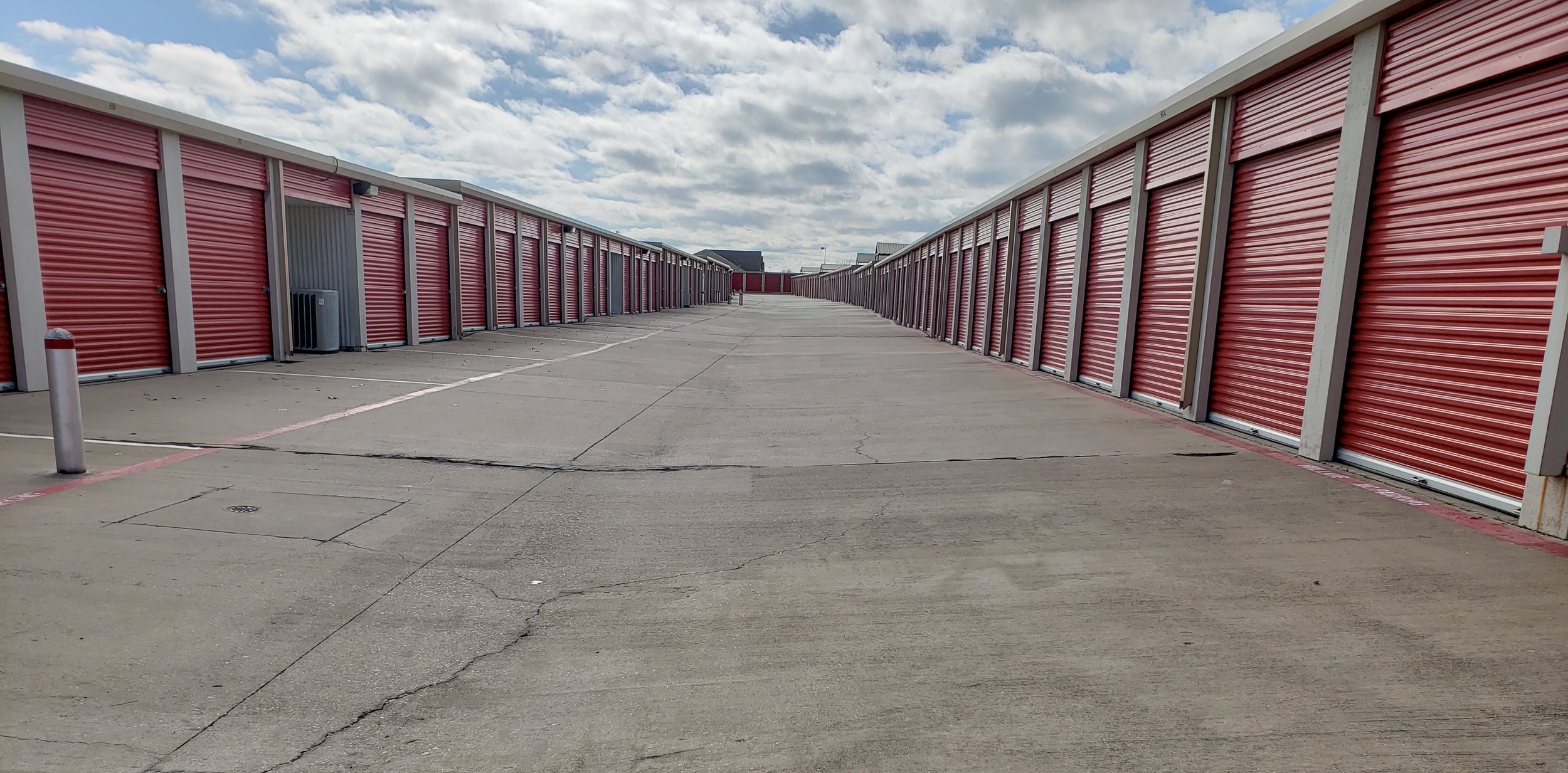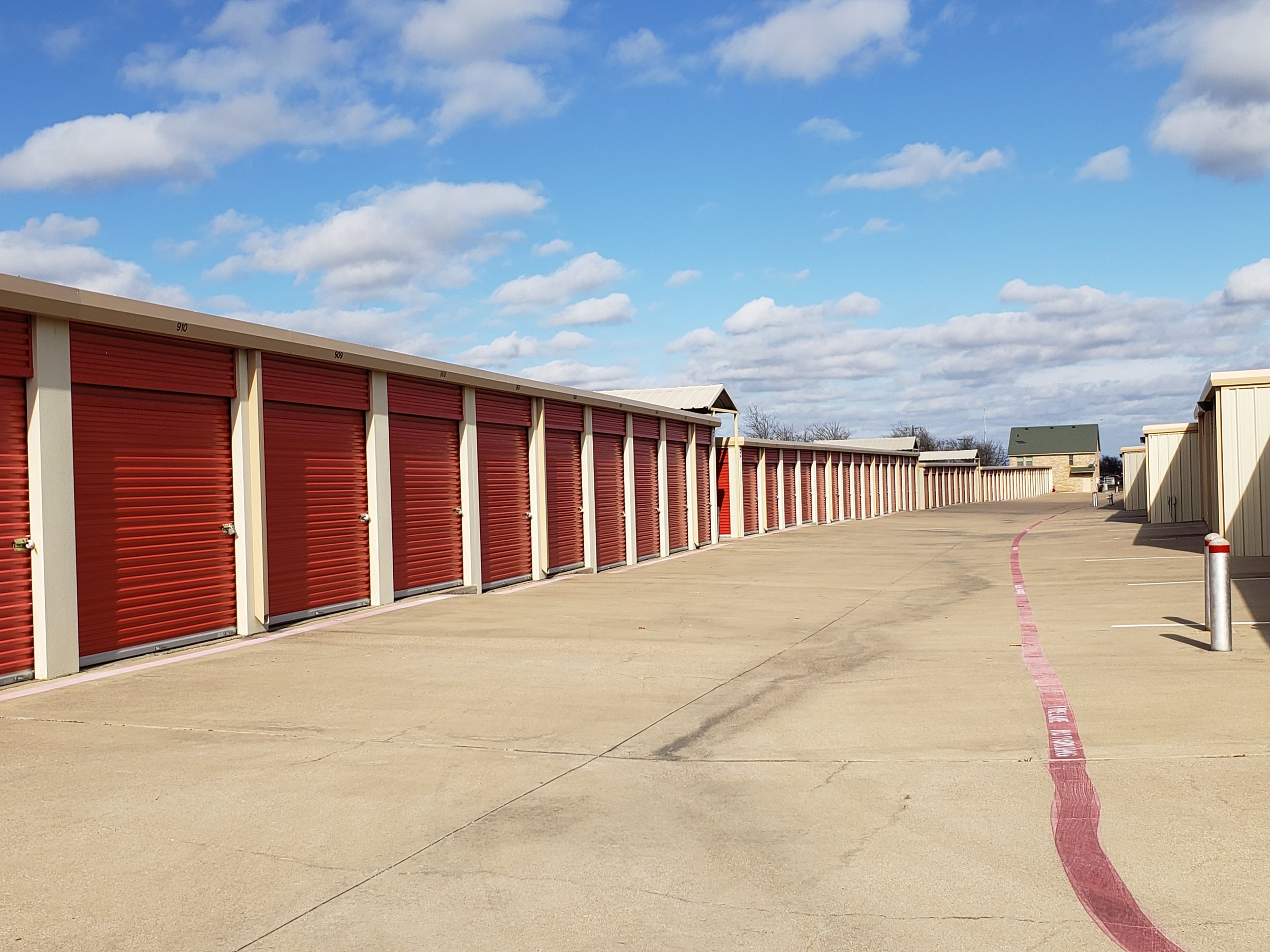Self-Storage Facilities
Business Model
Investing in Self-Storage means owning the facilities and renting out individual units to tenants. Self storage is typically rented on a month-to-month basis so rents can be adjusted on 30 days notice.
Recession Resistance
During the 2008 financial crisis Self-Storage REITs delivered a 5.1% return while General REITs delivered a 38% loss! Self-Storage as an asset class has been a very good investment during recessions because it is stable and generates positive cash flow.
Demand for Self-Storage has been increasing for a decade, a recent study showed that almost 100% of residents in the US will use Self-Storage at some point in their lives. Demand is often stable or increasing in a recession as families downsize and put things into storage. Self-Storage tenants tend to be very sticky meaning once they are storing their belongings somewhere they are unlikely to move to a new facility even if rent is a little less expensive. This creates an opportunity where rents can be increased over time with less vacancy.
Investment Thesis
In the Recession Resistant Fund we target Self-Storage facilities that are in good locations and have a value-add component. This means there is an opportunity to optimize the property better to increase the number of units, divide larger units into smaller units, add climate control to some units. We are aiming to increase the monthly Net Operating Income or NOI which flows directly through as investor cash flow and income.
Low Operating Overhead
Compared to other commercial properties, the overhead of self storage is very low. Utilities are low, maintenance is simple, and onsite staff is minimal.


